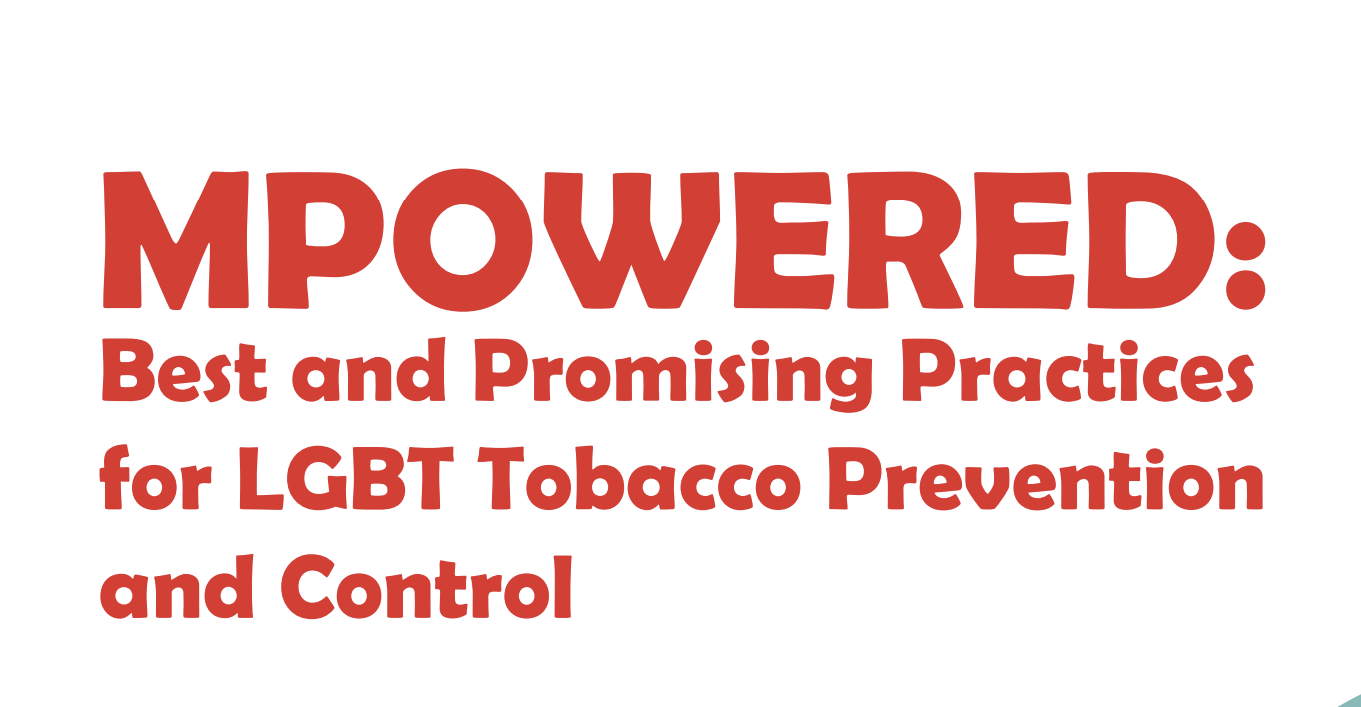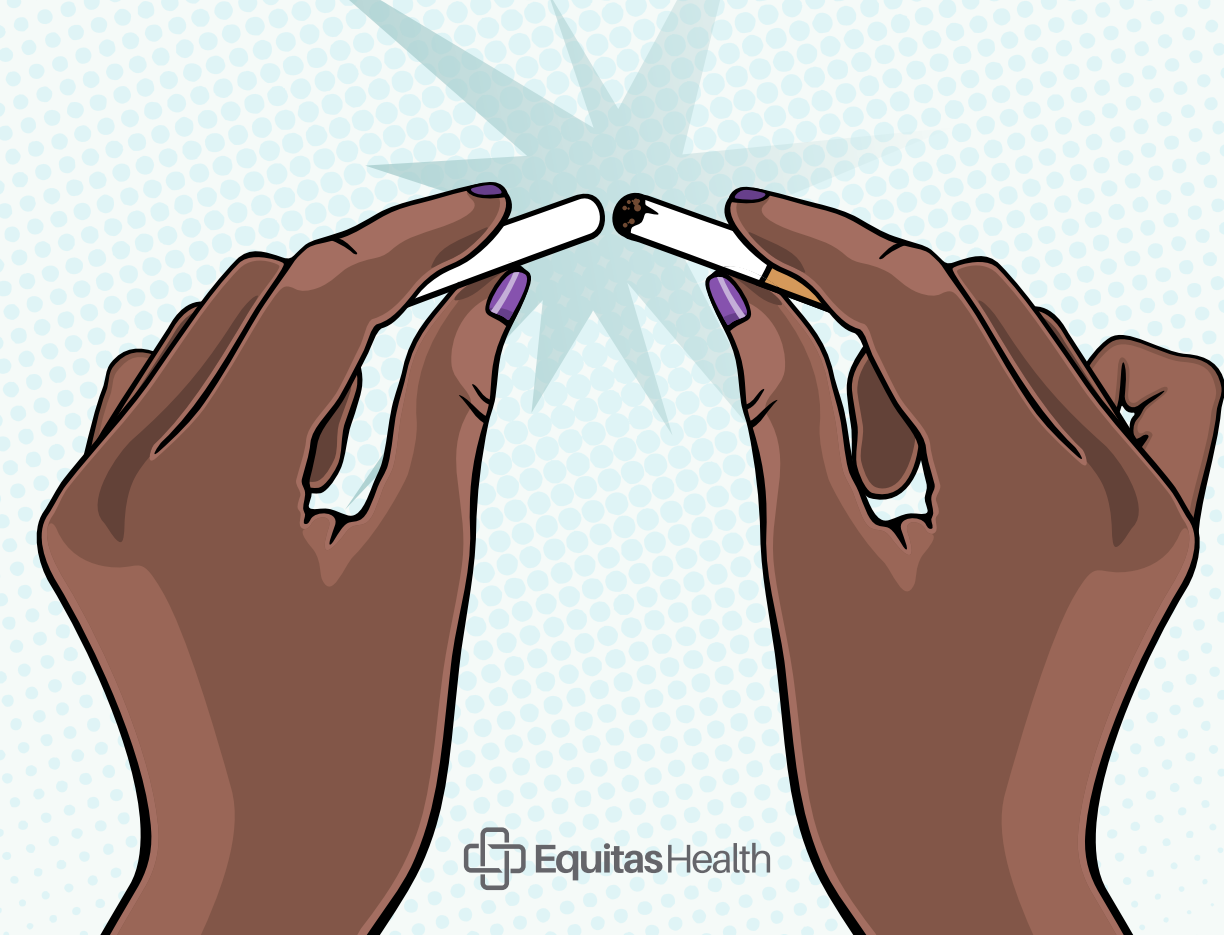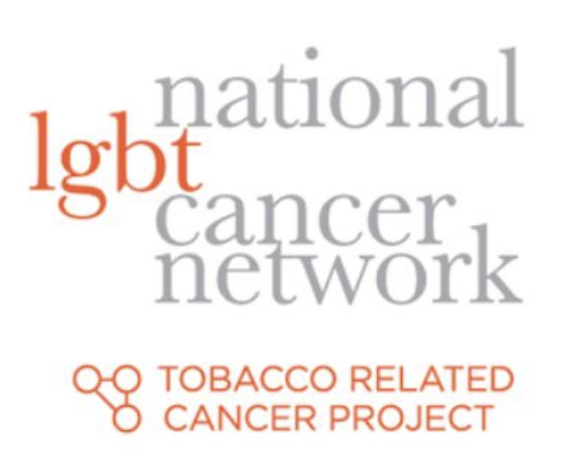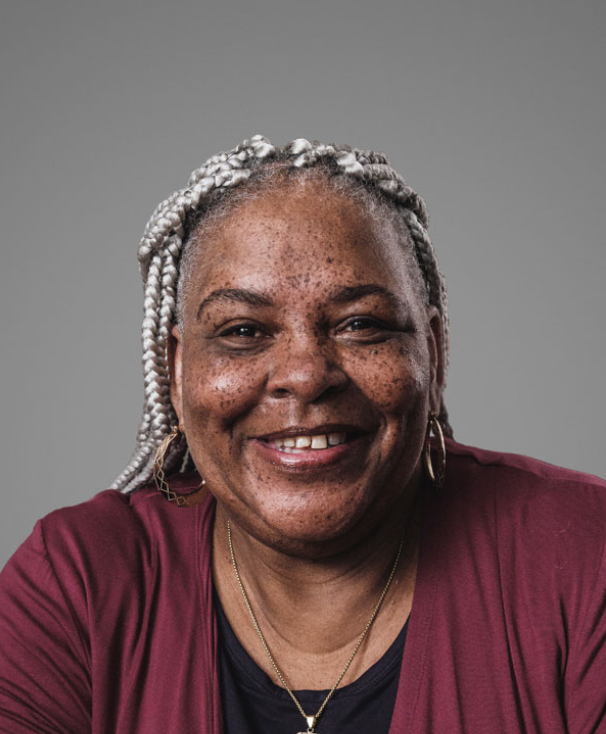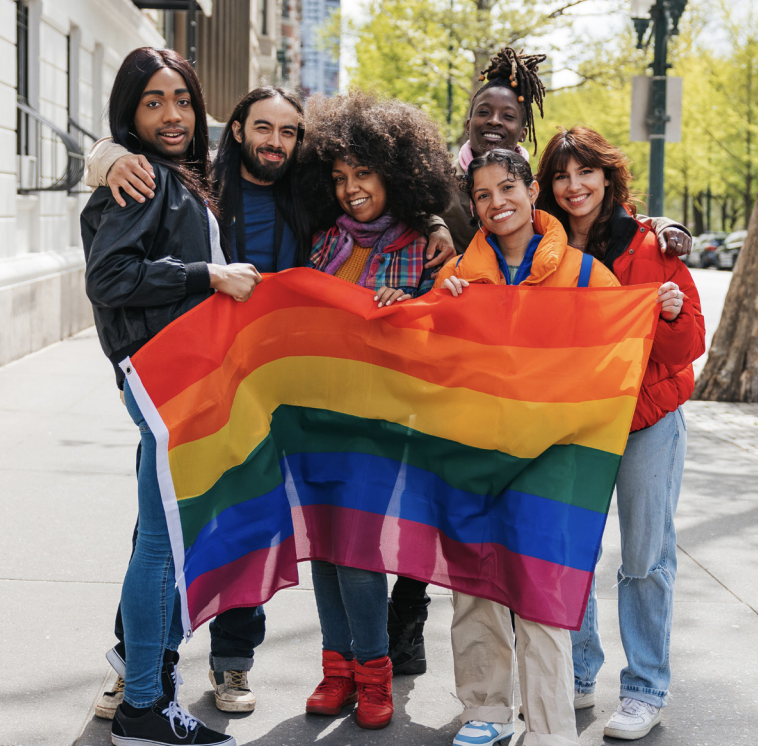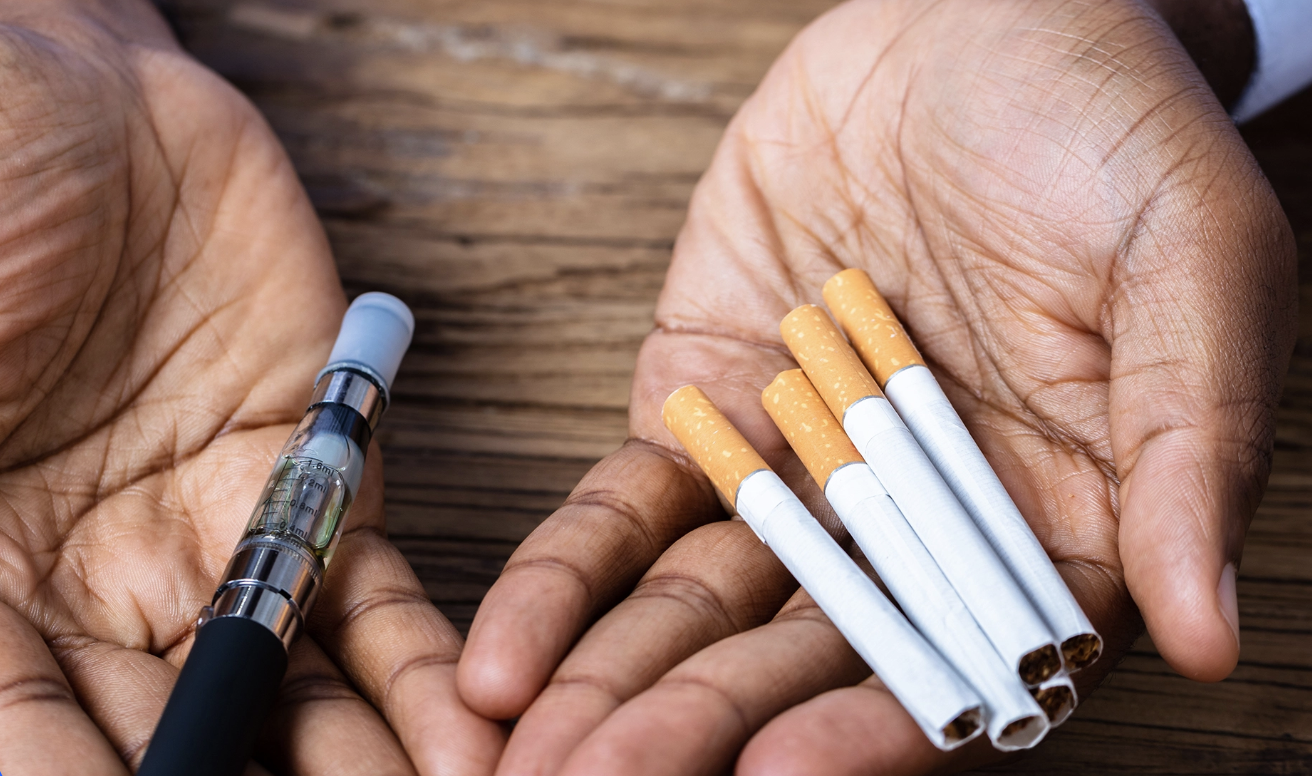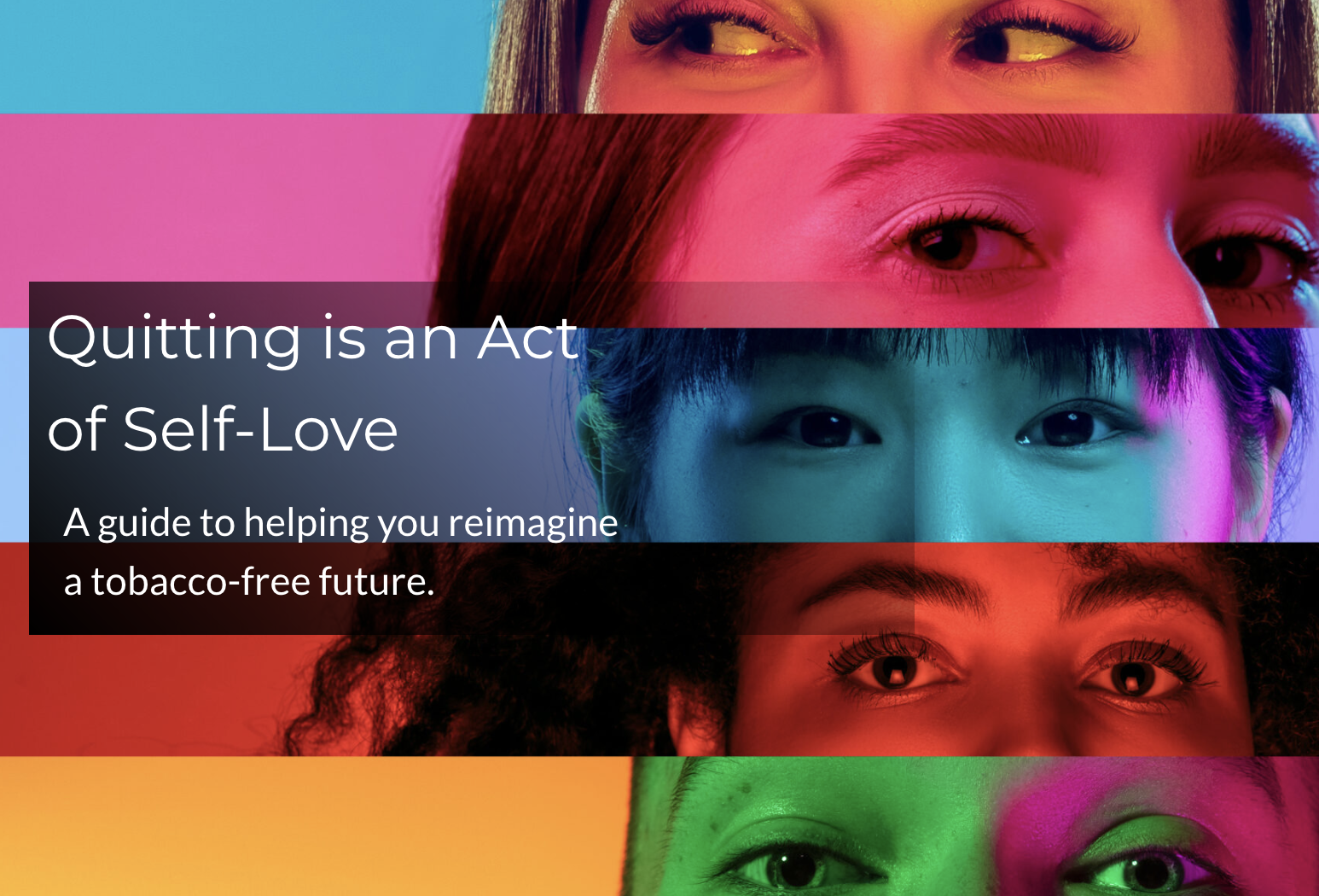While remarkable progress has been made to reduce smoking prevalence across the general population, rates of decline have been markedly slower among certain historically disadvantaged communities. By consequence, there has only been a widening of the disparity in cigarette smoking rates as. NYC Treats Tobacco works with health systems around New York to ameliorate these disparities in the hopes of equitably and justly distributing advances in health amongst at-risk populations.
Persons Who Identify as LGBTQ+
Adults and youth in the LGBTQ+ population have a higher likelihood to use tobacco than those who identify as straight. Recent data shows that 20% of LGB adults and 34.9% of transgender adults smoke cigarettes compared to 15.3% of heterosexual adults. For people considering gender-affirming surgery or hormone therapy cigarette smoking can lead to increased health risks on heart health, interfering with hormone therapy and recovery from surgery.
Higher impacts of minority stress such as discrimination, rejection, victimization, transphobia, homophobia, and feeling closeted has contributed to an increase in tobacco use among LGBTQ+ people. Considering the political environment with over 500 Anti-LGBTQ+ bills introduced in 2024 alone, a growing mental health crisis coupled with everyday stressors, the LGBT+ community is vulnerable to tobacco use. Health providers play a crucial role in helping their patients stay healthy in the midst of many factors harming their health. 1 out of every 2 smokers note that they were motivated to quit because their health care provider recommended it. In the 2022 U.S. Transgender Survey noted that of their 92,000 respondents, 24% did not see a doctor when they needed to due to fear of mistreatment within the last 12 months. It is imperative that clinicians are trauma informed, culturally appropriate and tailor their approach to meet the needs of their LGBTQ+ patients.
NYCTT prioritizes the reduction of tobacco related disparities and is working to provide quality tobacco dependence screening and care to all New Yorkers, especially those most harmed by the tobacco industry. Find below resources for equitable approaches to tobacco prevention and control in the LGBTQ+ community.
Best Treatment Practices
resources
MPOWERED: Best and Promising Practices for LGBT Tobacco Prevention and Control
MPOWERED by The Network for LGBT Health Equity is a portfolio of evidence-based tobacco interventions that are tailored to the LGBT community.
Breathe Out - Quit With Pride
Breathe Out - Quit With Pride by Equitas Health is a comprehensive booklet designed to help transgender and gender-diverse folks on their quit journeys. BreatheOut uses proven counseling methods and activities to help patients and healthcare providers work as a team to reach tobacco journey goals.
National LGBT Cancer Network- Best and Promising Practices
National LGBT Cancer Network- Best and Promising Practices offers seven guidelines for health systems when serving the LGBTQ+ community. This list was compiled by over 30 LGBTQ public health professionals.
Statistics
resources
Truth Initiative 2024 Report: LGBT+ young people smoke and vape at a higher prevalence than non-LGBT+ peers
American Lung Association: The Impact of Menthol Cigarettes on the Health of the LGBTQ+ Community
resources
LGBTQIA+ Guide of Services and Resources 2024 by the New York City Comptroller
LGBTQIA+ Guide of Services and Resources 2024 by the New York City Comptroller’ office provides a comprehensive directory of organizations in New York City that offer tailored services to the LGBTQIA+ community
NYC Health and Hospitals: Transhealth Care Resource Guide
NYC Health and Hospitals: Transhealth Care Resource Guide provides a comprehensive directory of medical, social, and support services that are tailored to Transgender, Gender Non-Conforming and Non-binary individuals (TGNCNB).
NYC Health and Hospitals: LGBTQ Resources in NYC Guide
NYC Health and Hospitals: LGBTQ Resources in NYC Guide provides a comprehensive directory of medical, social, and support services that are tailored to all in the Lesbian, Gay, Bi-sexual, Transgender and Queer communities.
† The term “LGBTQ+” is used on this page to refer to people who are lesbian, gay, bisexual, transgender, or queer with the plus sign indicating inclusion of people who are questioning, intersex, asexual, or who hold other gender/sex/romantic identities not specifically identified. Many studies cited on this page only looked at certain groups within the greater LGBTQ+ community. When single terms like “gay” or “lesbian,” or acronyms like “LGB” are used on this page, this corresponds with how terms are used in the cited studies and, often, the studies’ populations. More studies are needed to understand the ways that commercial tobacco and exposure affect other groups in the LGBTQ+ community. ****
Persons with Low Socioeconomic Status
Low socioeconomic status has been consistently and durably been linked to negative health outcomes including smoking. The CDC reports that people with lower income have higher incidence of commercial tobacco-related diseases than people with higher levels of income, that tobacco product use prevalence is higher among adults who were uninsured (27.3%), enrolled in Medicaid (28.6%), or had some other public insurance (21.3%) compared to adults with private insurance (16.4%) or Medicare only (12.5%). NYCTT collaborates with healthcare organizations serving low-income New Yorkers so that insurance status and income bracket don’t prevent them from accessing quality care.
Info
Persons Diagnosed with Behavioral Health Conditions
In 2019, 27.2% of adults with a mental health condition reported smoking cigarettes in the past month – compared to 15.8% of adults with no mental health condition. This disproportionate rate of smoking produces a huge burden of illness and premature death within the group. In fact, the most common causes of death among people with behavioral health conditions are heart disease, cancer, and lung disease, all be consequences of smoking. NYCTT actively recruits behavioral health centers in the five boroughs so that they can provide cessation services to their clients while attending to their mental and social wellbeing.
more info
Racial and Ethnic Disparities
Racism is a public health issue, and its impacts extend into smoking rate disparities. As the Truth Initiative writes, "The death and disease that tobacco products [...] have inflicted on minority communities are devastating." There are multiple well-documented reasons for these disparities including strategic and aggressively targeted advertising, unequal access to smoking cessation resources, and the historical disenfranchisement from public resources.
Find below fact sheets that offer more information on the disparities these conditions have produced:
